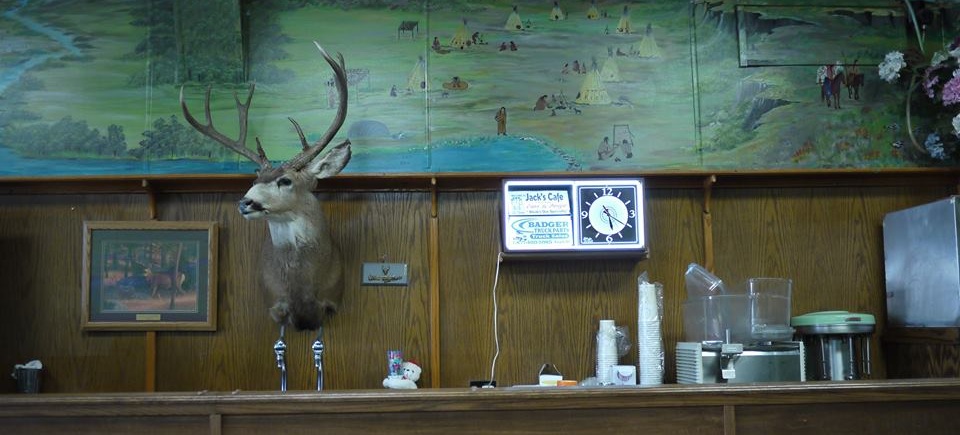
By the Time We Get to Radville
By the Time We Get to Radville
The Prairies called — and the NFB answered.
A small team from the Northwest Studio recently completed an 8-day road trip across the southern prairie grasslands — a journey that took them from Magrath, Alberta, to Wood Mountain, Saskatchewan, with stops in Coutts, Foremost, Eastend, Val Marie, Assiniboia and Radville.
Part research, part travelling road show — the trip was conceived as outreach for The Grasslands Project, an experiment in community-based media that takes a page from the landmark Challenge for Change Program, engaging with communities with a view to producing short films that reflect their concerns and aspirations.
“A significant proportion of Canadians live in rural communities — something that city dwellers tend to forget — and it’s a much more diverse population than we generally believe,” says David Christensen, executive producer at Northwest Studio. “We want to represent their experience in our current slate of productions, to put their stories on screen.”
Onboard as associate producer is Edmonton-based filmmaker Scott Parker, pictured below with residents of Coutts and Milk River. Parker worked on Stories from Our Land, a short film series that inspired this project, and has produced community-based films with international NGOs. “He employs a interesting process, focussing equally on production and community engagement, and that’s a good approach for us,” says Christensen.
Before hitting the road, the team established contacts on the ground, identifying potential community partners, and in an echo of the days when travelling projectionists presented NFB film programs to these very same communities, they selected pertinent titles from the NFB catalogue to show along the way. Back in the 40s, when these travelling circuits were at their height, the pioneering Saskatchewan-born filmmaker Evelyn Cherry took guidance from community audiences when deciding what to produce for the NFB’s Agricultural Unit.
One film that struck a particular chord last week was The Move, a 1985 short on the dismantling of a small-town grain elevator. Thousands of these “prairie cathedrals” have disappeared from the landscape as grain production is consolidated in the hands of big agribusiness interests.
Given these changes to the prairie economy, it was no surprise that some discussion focussed on the rising costs of farming. But many other issues were also given an airing. “We met with such a diverse group of people — ranchers and farmers, but also biologists, educators, veteran cowboys, national park staff, museum curators, and a surprising number of artists,” said Christensen.
“In Wood Mountain we screened Wood Mountain Poems, the 1978 doc about the poet Andrew Suknaski. Some scenes had been shot in a local bar that’s been closed for years, and I think people were really touched to see the old place onscreen — and to recognize familiar faces.”
Northwest Studio will continue research and development on The Grasslands Project, with plans to start production later in 2015. Stay tuned for updates, and follow the project on Facebook and tumblr.
In a tragic postscript, the Blackfoot scholar Narcisse Blood, a consultant on The Grasslands Project, was among four people who died in a road accident near Regina on February 10. Here is Round Up, a documentary that Narcisse made for the NFB in 2010. A portrait of Blood elder Pete Standing Alone, it was shot in the grasslands of southern Alberta.
Round Up, Narcisse Blood, provided by the National Film Board of Canada


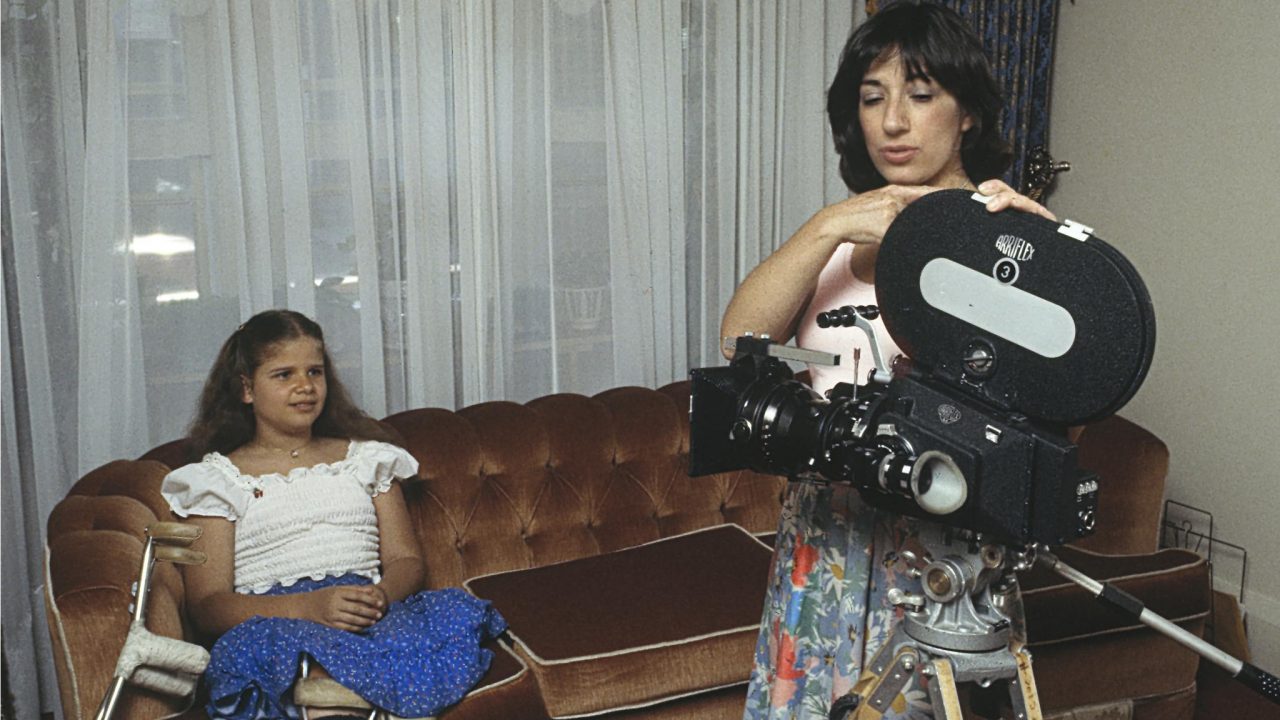
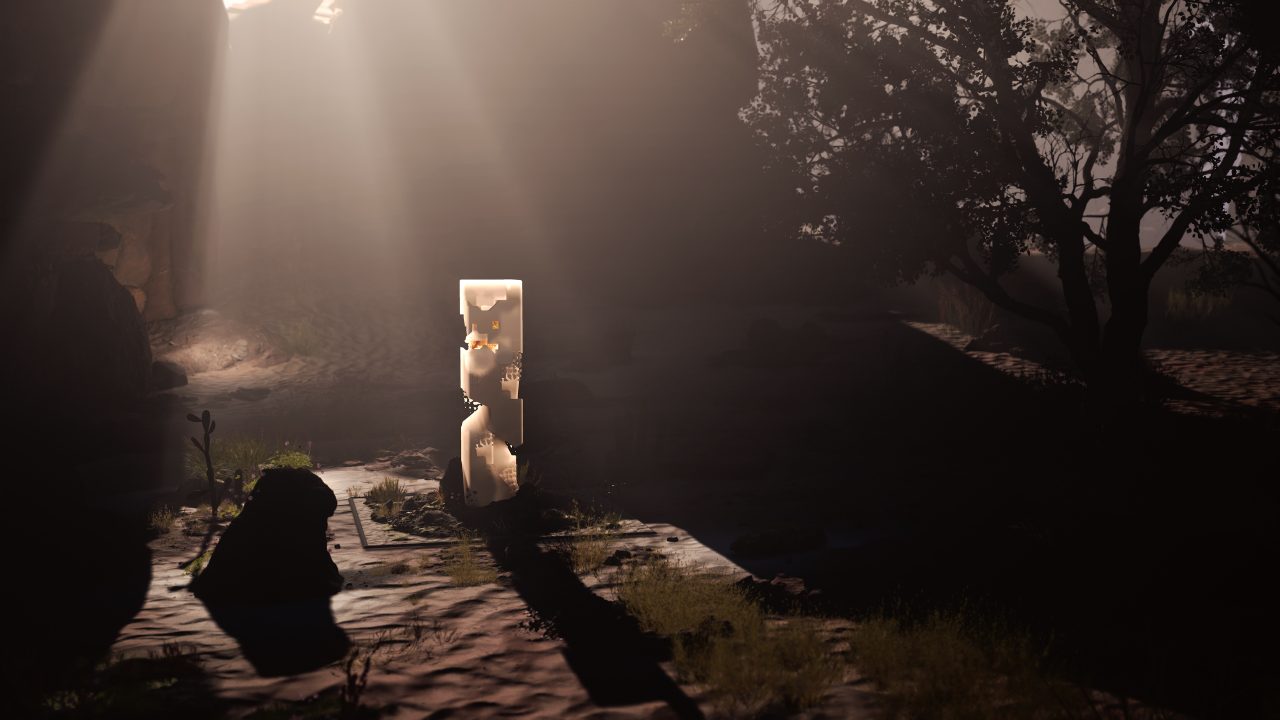
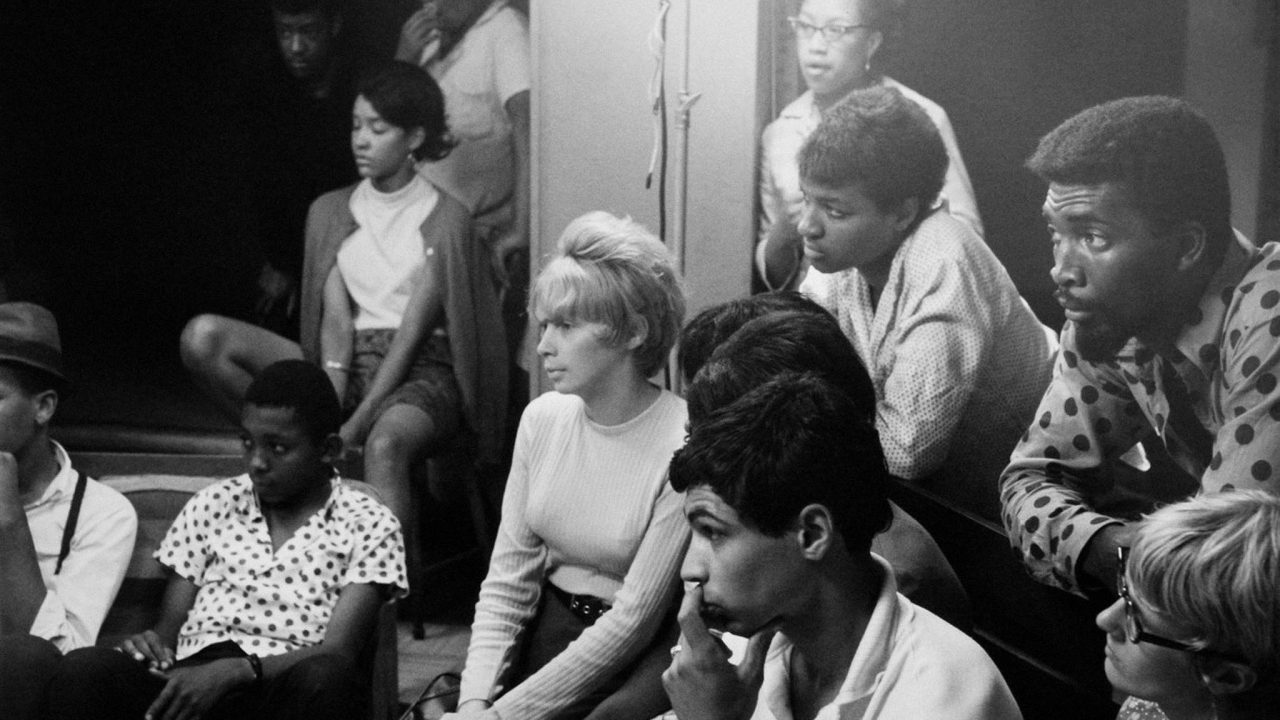
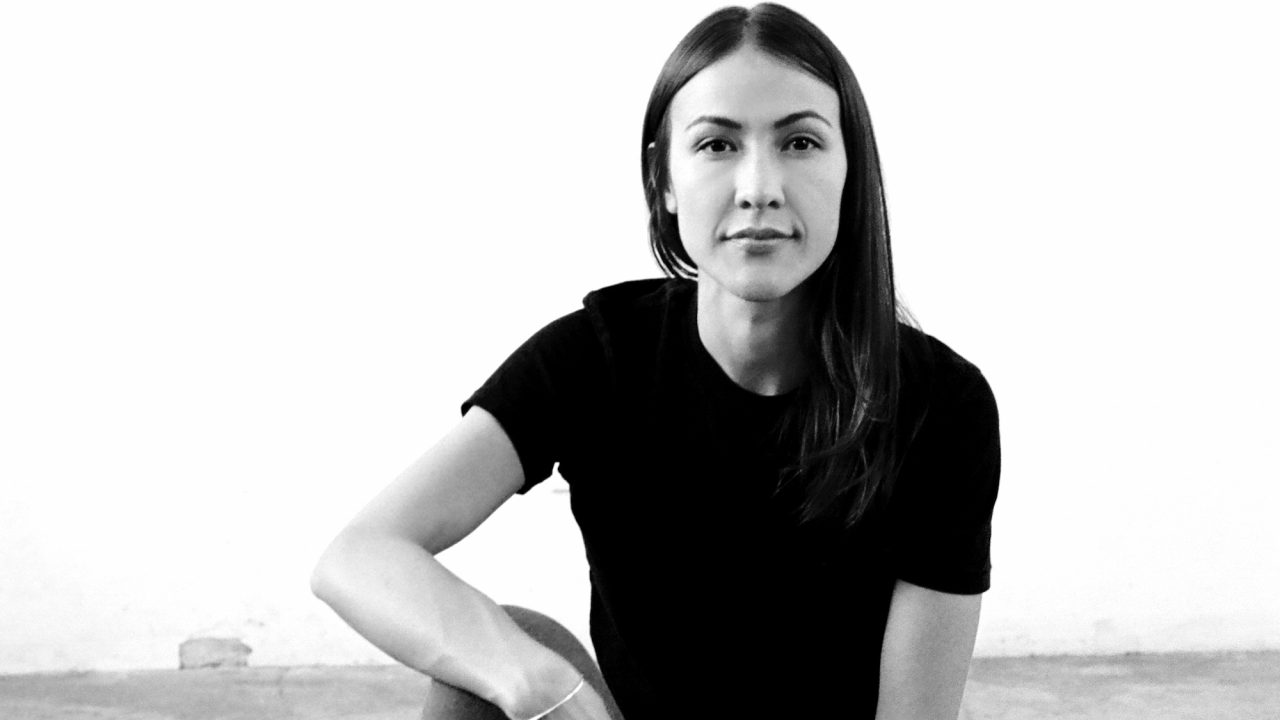
I just saw the miles Anderson story at the X rangeland congress in Saskatoon, where is my friend graydon macrae these days? pat wolfe